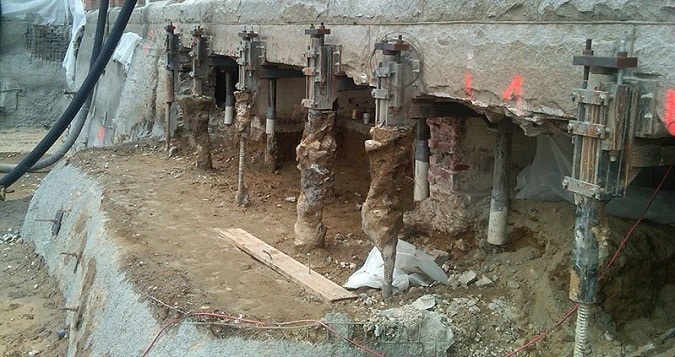
The foundation of an old building may be unstable, and it may need to have its foundation
underpinned. It could have settled at specific points or the interior configuration may be different.
Underpinning can strengthen a foundation and increase its bearing capacity. This allows for
more loading and basement space. These are some of the main benefits of foundation staking.
Professional Underpinning Services
Partial underpinning of the foundation is another method. The foundation can move upwards
from moisture. It could also distort or develop additional cracks. Interior settlement and perimeter
movement can lead to instability in the floor. Even vegetation can cause foundation damage. A
professional foundation repair service will give you a free assessment to determine the
foundation’s level. Once you determine the type of underpinning you need, you can choose the
right foundation repair method. If you are thinking about Underpinning Melbourne, it is a good idea to consult a professional.
Another method of underpinning is to inject resin. This method involves injecting hardener and
resin into the soil underneath the foundation. This method is ideal for foundation underpinning in
areas of unstable soil. Injections of resin offer similar benefits to mini-piles. They are also
cheaper than mini-piles. There are many reasons foundation underpinning might be worth your
consideration. Test results could indicate that your foundation is not stable enough for support.
Another option for underpinning is the piled-raft. It is recommended for foundations which are
deep or on hard ground. The piles will be placed at specific locations depending on the load
conditions. To support the load of the piles, reinforced needle beams can be installed in walls.
Once the needle beams have been placed, a ring beam will be built to link them and then
concrete is poured. The structure also has traverse and lateral ties provided by the piled raft.
Concrete for Underpinning
Concrete is another method for underpinning. This process involves digging a hole underneath
the existing foundation and pouring new material below the original foundation. It extends the
foundation’s base depth and provides strength. This involves pouring new material underneath
the existing foundation. Then, the building’s weight is transferred to a metal platform. It is
expensive and time-consuming so homeowners should be wary when contractors claim they can
support a structure.
Once you have determined how much load your building is carrying, foundation underpinning
can be started. You will need to divide the foundation into sections measuring 1.2 to 1.5 meters
in length. Next, you will need to drill a hole big enough to accommodate a needle beam. Then,
drill into the wall to attach the micropiles to your needle beams. These are then sealed using
cement mortar.
Another method for foundation underpinning is beam and base. This technique uses a beam to
traverse the foundation and transfer the loads to a concrete base. This method requires drilling
and heavy machinery. It is not recommended for all situations. A beam and foundation method
may be the best choice for your home if you are unsure about the soil conditions. It is vital to
ensure that the foundation is properly reinforced and underpinned if it appears unstable.